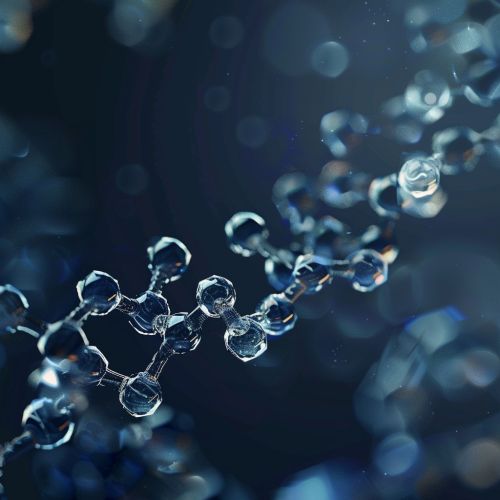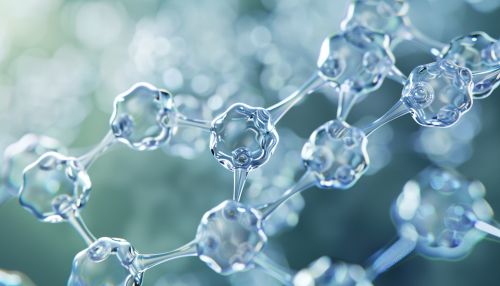Thymine
Introduction
Thymine is one of the four nucleobases in the nucleic acid of DNA that are represented by the letters G–C–A–T. The others are adenine, guanine, and cytosine. Thymine is also known as 5-methyluracil, a pyrimidine nucleobase. In RNA, thymine is replaced by the nucleobase uracil.


Structure and Properties
Thymine is a heterocyclic aromatic organic compound. It is a pyrimidine derivative, with a heterocyclic ring structure, consisting of two nitrogen atoms and four carbon atoms. It is called 5-methyluracil because it is uracil with a methyl group attached to carbon number 5.
Thymine is a planar molecule. The atoms in the ring are coplanar, as are the atoms attached to the ring. This planarity plays a crucial role in the double helix structure of DNA, as it allows the base pairs to stack directly on top of each other, contributing to the stability of the DNA molecule.
Role in DNA
In DNA, thymine (T) binds to adenine (A) via two hydrogen bonds, thereby stabilizing the nucleic acid structures. Thymine combined with deoxyribose creates the nucleoside deoxythymidine, which is synonymous with the term thymidine. Thymidine can be phosphorylated with one, two, or three phosphoric acid groups, creating respectively TMP, TDP, or TTP (for thymidine mono-, di-, or triphosphate).
Synthesis and Degradation
Thymine can be biosynthesized in the body by methylation of uracil at the C5 position. This reaction is catalyzed by the enzyme thymidylate synthase and uses methylenetetrahydrofolate (methylene-THF) as the methyl donor.
Thymine can also be degraded and utilized as a source of carbon and energy by the body. The first step in the degradation pathway is the removal of the methyl group, which is catalyzed by the enzyme thymine-7-hydroxylase, producing 7-hydroxymethyluracil.
Thymine Dimer Formation
Thymine can become cross-linked with an adjacent thymine molecule on the DNA strand, forming a thymine dimer. This is usually caused by exposure to ultraviolet (UV) radiation. Thymine dimers distort the DNA molecule and lead to errors in DNA replication. Some organisms have enzymes which can repair such damage, such as the DNA repair enzyme photolyase.
